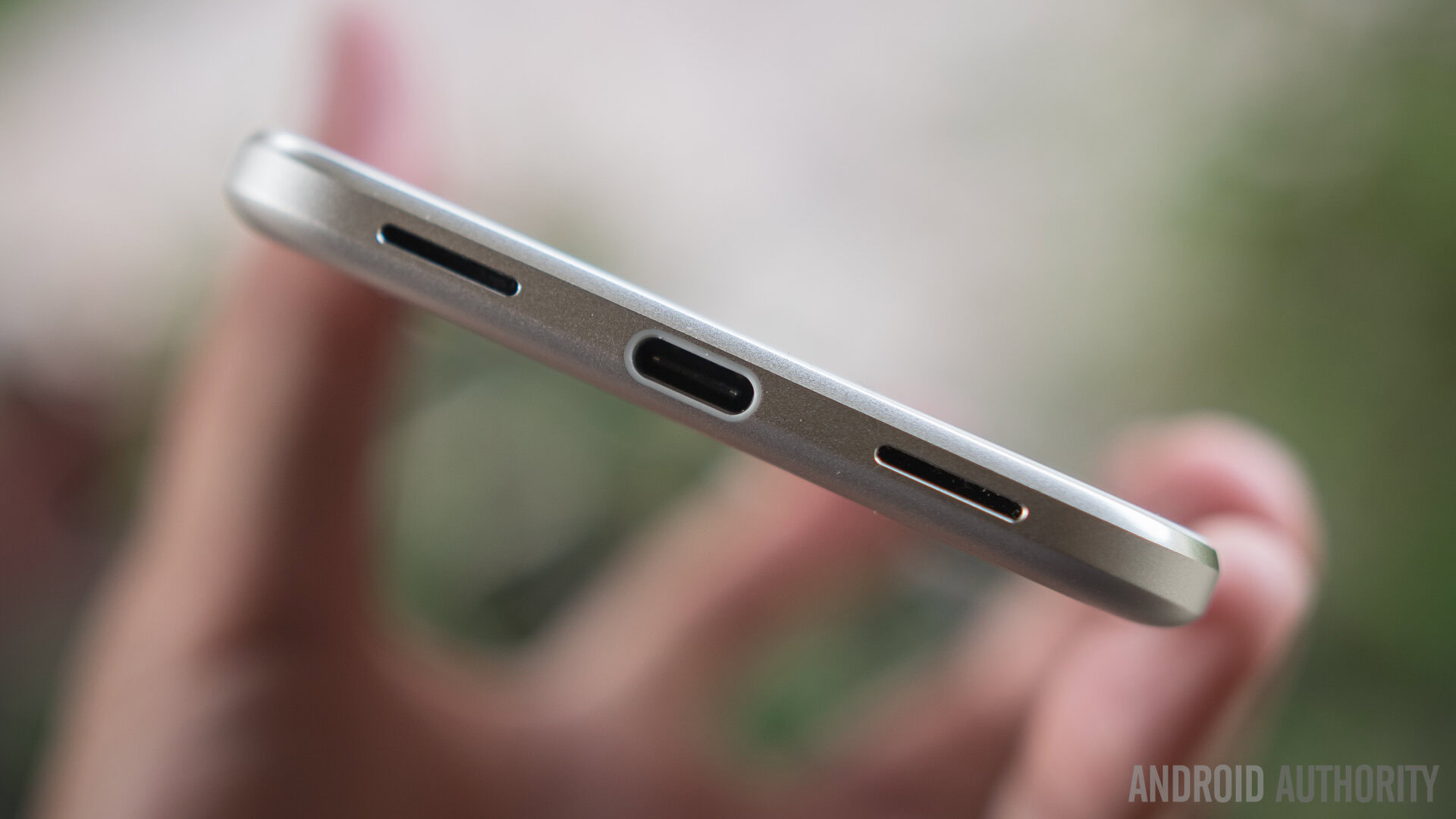Affiliate links on Android Authority may earn us a commission. Learn more.
Android O promises to improve battery life with background limits on apps [Diving into Android O]

Battery life is definitely one of the most important, if not the most important, features when a person buys a smartphone. Getting as much use from a single battery charge is critical to so many users. With today’s official announcement, and first developer release of Android O, Google says it wants to boost the battery life on smartphones by imposing new limits on the background activities in Android apps. Google says that Android O will be the first release of the OS to place limits on background app functions.
Android O will limit background app activity in three specific areas
The OS will limit background app activity in three specific areas: implicit broadcasts, background services, and location updates. In the case of broadcasts, Google says it is limiting those functions because too many apps that are registered to receive them, based on system events, can drain the battery of a smartphone much faster. For Android O, apps won’t be able to register for what Google calls implicit broadcasts in their manifest, which do not target one specific app.
For background service limitations in apps, Android O will allow any app that is placed in the background to create and use services for a number of minutes. After that unnamed time period has expired, the app will automatically shut down any background services. This should allow a smartphone’s battery life to be extended as there won’t be a ton of apps that will continue to work in the background, even if they are not being used by the phone owner.
Finally, Android O will impose limits on how long apps that need to run in the background can retrieve the user’s current location. For the first developer preview, these apps will be allowed to get location updates a few times each hour. Google says it will use these preview releases to get feedback on this feature, and it may adjust these times in future releases.
Indeed, we can expect to see changes and improvements in these new features in the many forthcoming Android O developer previews before it officially launches sometime in the third quarter of 2017. Hopefully these actions by Google will make some noticeable battery improvements in any smartphone that uses the OS in the future.